#Bronze Age Britain
Text
Nice find. The way it was lined is interesting. I've not seen anything like it before (although my experience is very limited, so there's that).
14 notes
·
View notes
Text
#bronze age#bronze age britain#bronze age england#english history#british history#historyblr#history student#ancient history#historian#history news#cardiff university#archaeology#archaeologist#bronze age archaeology#british archaeology
1 note
·
View note
Text
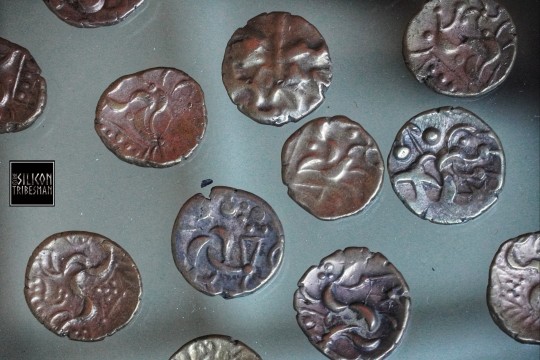
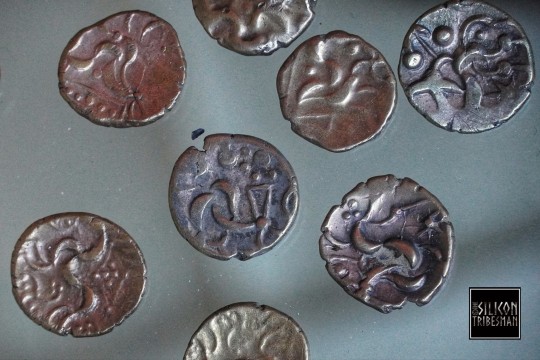
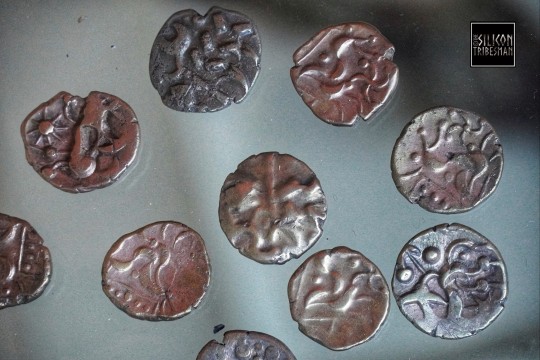
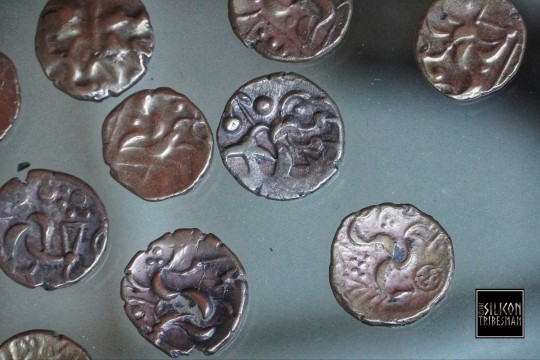
Iron Age Coinage, The Yorkshire Museum, York
#ice age#stone age#bronze age#iron age#copper age#prehistoric#prehistory#neolithic#mesolithic#paleolithic#chalcolithic#archaeology#ancient cultures#ancient craft#ancient living#coins#tribes#money#trade#ancient britain#design#Yorkshire
137 notes
·
View notes
Text

Storm clouds hover over Britain's most mysterious historic landmark
#Stonehenge#Wiltshire#Salisbury Plain#dark clouds#mystery#rural britain#historic#atmospheric#English countryside#UK#archeology#megaliths#stone circle#bronze age#earth & sky
38 notes
·
View notes
Text



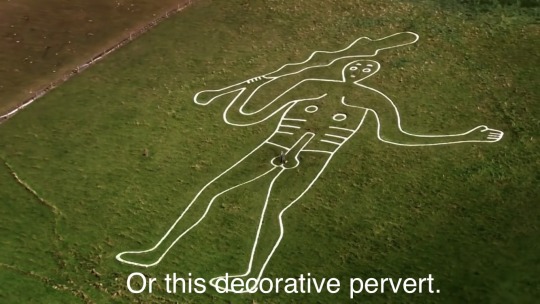


To make sure they stabbed the right people, ancient Britons formed primitive gangs, called tribes, and like many gangs they got into graffiti - vandalizing the countryside with gigantic doodles. Like this badly drawn horse. Or this decorative pervert.
Before Snapchat, hills were the most efficient way to distribute dick pics to a wide audience. As a result, Cerne Abbas became the second rudest hill in British history - after Benny.”
#cunk on britain#philomena cunk#diane morgan#british history#uffington white horse#Cerne abbas giant#prehistory#Iron Age#bronze age#Britain#England
289 notes
·
View notes
Text
A circular bronze Shield composed of thirteen concentric rings,
Diameter: 21.5 in/54.6 cm
recovered in Norfolk, England, ca. 1250-700 BC, housed at the Norwich Castle Museum.


#weapons#armor#shield#europe#european#britain#british#england#english#norfolk#bronze age#norwich castle museum#art#history
149 notes
·
View notes
Text

Stonehenge, 2 May 1816 by Francis Etheridge
#francis etheridge#art#stonehenge#wiltshire#england#salisbury plain#megalithic#megalith#prehistoric#neolithic#structure#monument#bronze age#stones#british isles#britain#europe#european#clouds
128 notes
·
View notes
Text
all complicated feelings about marion zimmer bradley and the role of the mists of avalon in 2nd wave 80s feminism, colonial apologism, etc., aside, i can't look at the absolute mess of druid lore in teen wolf without being like "mm okay. that's nice. here's what i think." and doing an about face while thinking about the weird neo druidism the mists of avalon was steeped in
#FOR EXAMPLE. i know bronze age britain and greece were trading so presumably the greeks did meet druids.#even if the romans wrote about them first. idk. i don't do classics. i don't know anything.#but even if you fully drink the teen wolf koolaid why would lycaeon (sp?) go to CELTIC DRUIDS to reverse a curse from ZEUS#why is ZEUS INVOLVED!!!!!!!!#anyway. it pains me deeply. it does.#i am the biggest fool for going up to this show and being like 'please make sense?'#anyway.#teen wolf#currently#even....even if the druids were chilling in ancient greece (???) and even if the lore made sense.#uh. it actually makes more sense for them to be gaulish druids....#doesn't it....didn't greece have stronger connections to ancient gaul...#why am i like this? anyway. off to go write my fic. canon is a mess 👍🏻
8 notes
·
View notes
Text
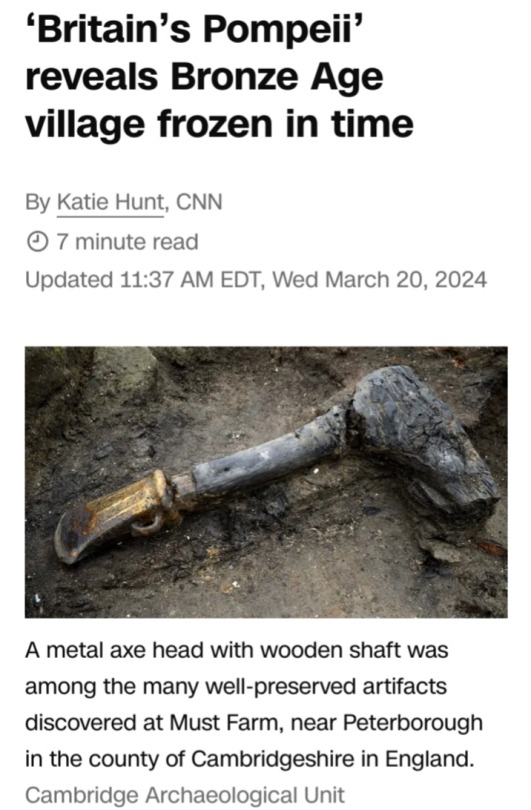
(CNN) — It’s late summer 2,850 years ago. A fire engulfs a stilt village perched above a boggy, slow-moving river that weaves though the wetlands of eastern England.
The tightly packed roundhouses, built from wood, straw, turf, and clay just nine months earlier, go up in flames.
The inhabitants flee, leaving behind all their belongings, including a wooden spoon in a bowl of half-eaten porridge.
There is no time to rescue the fattened lambs, which are trapped and burnt alive.
The scene is a vivid and poignant snapshot, captured by archaeologists, of a once thriving community in late Bronze Age Britain known as Must Farm, near what’s now the town of Peterborough.
The research team published a two-volume monograph on Wednesday that describes their painstaking $1.4 million (£1.1 million) excavation and analysis of the site in the county of Cambridgeshire.
Described by the experts involved as an “archaeological nirvana,” the site is the only one in Britain that lives up to the “Pompeii premise,” they say, referencing the city forever frozen in time by the eruption of Mount Vesuvius in AD 79 that has yielded unparalleled information about ancient Rome.
“In a typical Bronze Age site, if you’ve got a house, you’ve probably got maybe a dozen post holes in the ground and they’re just dark shadows of where it once stood.
If you’re really lucky, you’ll get a couple of shards of pottery, maybe a pit with a bunch of animal bones.
This was the complete opposite of that process. It was just incredible,” said Chris Wakefield of the Cambridge Archaeological Unit at the University of Cambridge, an archaeologist and member of the 55-person team that excavated the site in 2016.
"All the axe marks had been used to shape and sculpt the wood. All of those looked fresh, like they could have been done last week by someone,” Wakefield added.
The remarkably preserved condition of the site and its contents enabled the archaeological team to draw comprehensive new insights into Bronze Age society — findings that could overturn the current understanding of what everyday life was like in Britain during the ninth century BC.

Must Farm domesticity — and a mystery
The site, which dates to eight centuries before Romans arrived in Britain, revealed four roundhouses and a square entranceway structure, which stood approximately 6.5 feet (2 meters) above the riverbed and were surrounded by a 6.5-foot (2-meter) fence of sharpened posts.
The archaeologists believe the settlement was likely twice as big. However, quarrying in the 20th century destroyed any other remains.
Though charred from the fire, the remaining buildings and their contents were extremely well preserved by the oxygen-starved conditions of the fens, or wetlands, and included many wooden and textile items that rarely survive in the archaeological record.
Together, traces of the settlement paint a picture of cozy domesticity and relative plenty.
The researchers unearthed 128 ceramic artifacts — jars, bowls, cups and cookware — and were able to deduce that 64 pots were in use at the time of fire.
The team found some stored pots neatly nested.
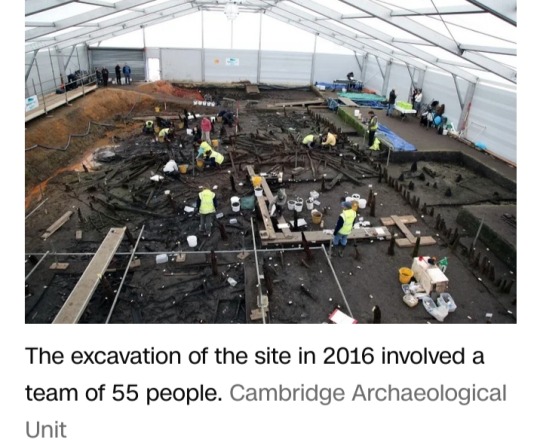
Textiles found at the site made from flax linen had a soft, velvety feel with neat seams and hems, although it wasn’t possible to identify individual pieces of clothing.
Wooden artifacts included boxes and bowls carved from willow, alder and maple, 40 bobbins, many with threads still attached, various tools, and 15 wooden buckets.
“One of those buckets … on the bottom of it were loads and loads of cut marks, so we know that people living in that Bronze Age kitchen when they needed an impromptu chopping board, were just flipping that bucket upside down and using that as a chopping surface,” Wakefield said.
“It’s those little moments that build together to give a richer, fuller picture of what was going on.”

The circumstances of the event that brought it all to a halt are still a bit of a mystery.
The researchers believe the fire took place in late summer or early autumn because skeletal remains of the lambs kept by one household showed the animals, typically born in spring, were three months to six months old.
However, what exactly caused the devastating fire remains unclear. The blaze could have been accidental or deliberately started.
The researchers uncovered a stack of spears with shafts over 10 feet (3 meters) long at the site, and many experts think that warfare was common in the time period.
The team worked with a forensic fire investigator but ultimately couldn’t identify a specific “smoking gun” clue pointing to the cause.
“An archaeological site is a lot like a jigsaw puzzle. At a typical site you have 10 or 20 pieces out of 500,” Wakefield said.
“Here, we had 250 or 300 pieces and we still couldn’t get the complete picture on how this big fire broke out.”
Mike Parker Pearson, a professor of British later prehistory at the Institute of Archaeology at University College London, described both the report and the site “as exceptional.” He wasn’t involved in the research.
“The fire may have been disastrous for the inhabitants but it is a blessing for archaeologists, a unique snapshot of life in the Bronze Age,” he said via email.
Upending ideas about Bronze Age society
The contents across the four preserved houses were “remarkably consistent."
Each one had a tool kit that included sickles, axes, gouges, and handheld razors used to cut hair or cloth.
With almost 538 square feet (50 square meters) of floor space in the largest, each of the dwellings appeared to have distinct activity zones comparable to rooms in a modern home.
“By plotting the positions of all these finds — pots, loomweights, tools, and even sheep droppings, the archaeological team have reconstructed the houses’ internal use of space,” Parker Pearson noted.
“The kitchen area was in the east, the storage and weaving area in the south and southeast with the penning area for lambs, and the sleeping area in the northwest, though we don’t know where the doorway was for each house.”
Not all the items were of practical use, such as 49 glass beads plus others made of amber.
Archaeologists also unearthed a woman’s skull, smooth from touch, possibly a keepsake of a lost loved one.
Some of the items the researchers found will go on display starting April 27 in an exhibition titled “Introducing Must Farm: A Bronze Age Settlement” at the Peterborough Museum and Art Gallery.
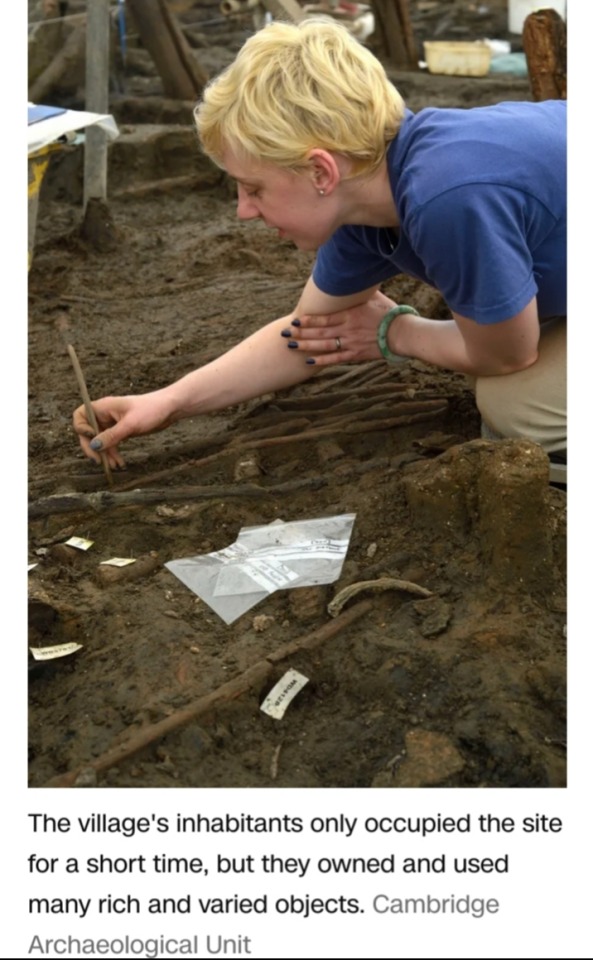
Lab analysis of biological remains revealed the types of food the community once consumed.
A pottery bowl imprinted with the finger marks of its maker held a final meal — a wheat grain porridge mixed with animal fat.
Chemical analyses of the bowls and jars showed traces of honey along with deer, suggesting the people who used the dishes might have enjoyed honey-glazed venison.
Ancient excrement found in waste piles below where the houses would have stood showed that the community kept dogs that fed on scraps from their owners’ meals.
And human fossilized poop, or coprolites, showed that at least some inhabitants suffered from intestinal worms.
The waste piles, or middens, were one line of evidence that showed how long the site was occupied, with a thin layer of refuse suggesting the settlement was built nine months to a year before it went up in flames.
"Two other factors supported that line of reasoning," Wakefield said.
“The second was that a lot of the wood that was used in the construction was unseasoned, it was still effectively green, it hadn’t been long in position,” he said.
“The third one is that we have a lack of the kind of insects and animals that are associated with human habitation."
"It wouldn’t be long before beetles would worm (in) … but there’s no evidence of any of that in any of the 18,000 plus timbers.”
The fact that the site, with its rich and varied contents, was in use for only a year upended the team’s preconceived “visions of everyday life” in the ninth century BC.
It may suggest that Bronze Age societies were perhaps less hierarchical than traditionally thought, according to the 1,608-page report.
“We are seeing here not the accumulation of a lifetime, but just a year’s worth of materials,” the authors noted in the report.
“It suggests that artefacts such as bronze tools and glass beads were more common than we often imagine and that their availability may not in fact have been restricted.”
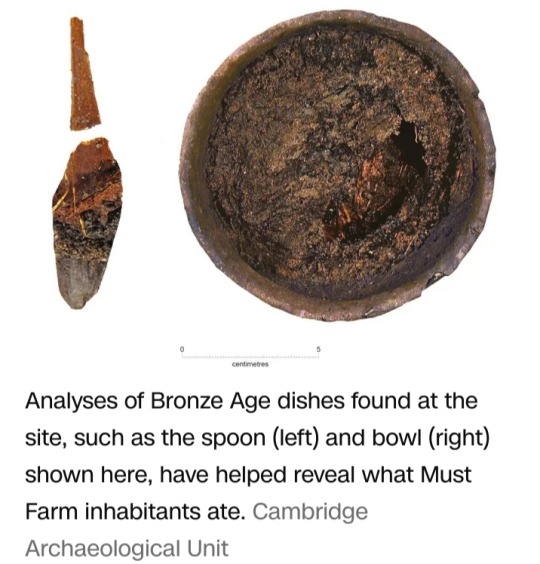
#Must Farm#Late Bronze Age#Late Bronze Age Britain#Cambridgeshire#Peterborough#archaeological nirvana#Pompeii premise#Mount Vesuvius#AD 79#Bronze Age#Chris Wakefield#Cambridge Archaeological Unit#University of Cambridge#9th century BC#Britain's Pompeii#archaeology#archaeologists#ceramic artifacts#wooden artifacts#forensic fire investigator#archaeological site#Institute of Archaeology#University College London#Peterborough Museum and Art Gallery#artefacts#Mike Parker Pearson#history
5 notes
·
View notes
Text


✨️pics are not mine✨️
Stonehenge is a neolithic monument made from sarsen stone (outer ring) and a bluestone (inside ring). Archaeologists believe that it was constructed from around 3000 BC to 2000 BC. It was produced by a culture that left no written records. That's why we don't really know, what was the function of it. Stonehenge may have been built as a symbol of "peace and unity" of Britain's Neolithic people.
🤍 place: Salisbury Plain in Wiltshire, England
🤍 time period: Neolith/Bronze Age
🤍 culture: Bell Beaker Culture/Wessex Culture
#architecture#history#stonehenge#professor neolith#neolithic#bronze age#megalithic#archaeology#archeolgst#archaeologist#art#dark acadamia aesthetic#dark academia#art history#prehistoric#prehistoire#monument#england#britain
7 notes
·
View notes
Text
Prison Construction Leads to Discovery of 3,000-Year-Old Prehistoric Settlement in UK
The 3,000-year-old prehistoric settlement in Inverness, Scotland, UK, has been found as a result of the building of a prison. Photo: AOC Archaeology / BBC News
An exciting archaeological discovery has been made at the construction site of a new prison in Scotland, UK, where evidence of a prehistoric settlement from the Bronze and Iron Ages dating back 3,000 years has been unearthed.
The find…
0 notes
Text
And why shouldn't we assume the ancient peoples of Britain took care of their appearance?
6 notes
·
View notes
Text
800 years before the invasion of Britain by the Romans...
Bronze Age textile community 'slice of life'. Must Farm.
https://www.washingtonpost.com/world/2024/03/21/must-farm-archeology-bronze-age-cambridge
findings included Beads from as far away as Iran... and
"... including almost 200 wooden artifacts, over 150 fiber and textile items, 128 pottery vessels and more than 90 pieces of metalwork."
#linen#textile art#bronze age#Britain#pre-roman Britain#archaeology#Must Farm#ancient people had technology
0 notes
Text

Captain Britain No.38 - 29 June 1977 - the only copy i have left of this original Marvel UK weekly!
Cover by Pablo Marcos.
0 notes
Text
Whispers of the Ancient: An Autumn Expedition to the Enigmatic White Horse of Uffington, the Ridgeway, and Wayland's Smithy
(White Horse of Uffington. Image Source: superdove CC BY-NC-SA)
As the days grow cooler and the nights draw in, and early winter rolls out over the land, please come with me on a journey back in time and an autumn ramble through the ancient landscape of Uffington in Oxfordshire. On this journey over chalk hills and across ancient trackways, I am joined by my husband and also by Emma, from Weird…

View On WordPress
#ancient history#autumn#berkshire downs#bronze age#dragon#dragon hill#folklore#horse#iron age#king arthur#legends#long barrow#mystic britain#myths#neolithic#norse mythology#oxfordshire#ramble#saxon#st george#st george and the dragon#sun horse#the ridgeway#uffington#uffington castle#uffington white horse#vale of the white horse#wayland smith#wayland&039;s smithy#white horse
0 notes
Text
Ben-day Shots - Captain Britain #7
New Post has been published on Silver Does Stuff
Ben-day Shots - Captain Britain #7

Captain Britain #7 Week Ending Nov 24, 1976Cover Price: 10 pence Characters: Captain Britain / Brian Braddock, Hurricane, Content Note: hurricanes, plane crash (sort of) into ocean, death trap involving a jet To recap: Captain Britain is chained to the intake of a jet and when Hurricane powers up the jet he’ll get sucked in and shredded. Considering we’re only seven weeks in, I’d say the end is extremely unlikely… The first panel does match the previous issue, so that’s good (it’s fairly normal for the cover artist and the interior artist to be different, fyi, if you haven’t been […]
#Bronze Age#Captain Britain#Chris Claremont#comic books#comics#Fred Kida#Heathrow airport#Herb Trimpe#Hurricane (super-villain)#Injury? What Injury?#Irving Watanabe#Larry Lieber#Marie Severin#Marvel#Marvel Comics#Origin Story#Ron Wilson#screw science#unnecessary self-narration#vintage comic books
0 notes